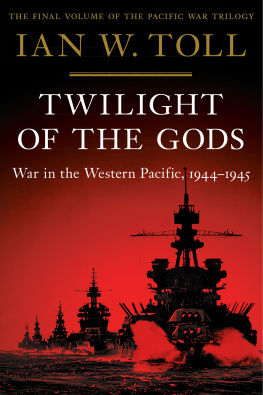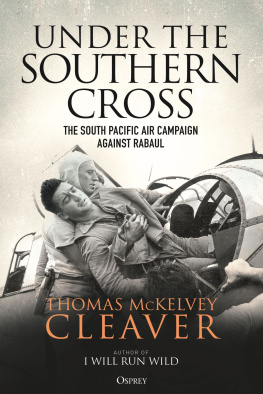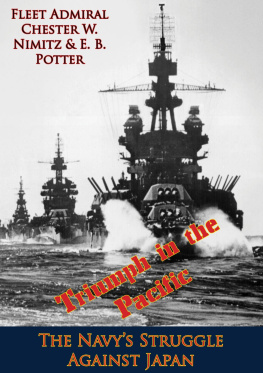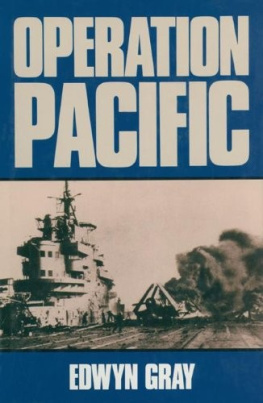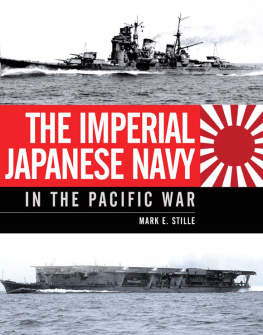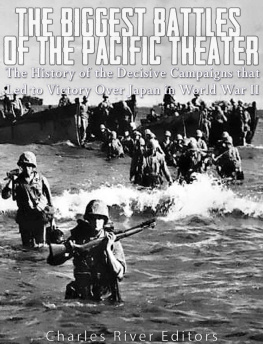A LSO BY I AN T OLL
Six Frigates: The Epic History of the Founding of the U.S. Navy


To Henry,
who will read this later.
CONTENTS
LIST OF MAPS
PROLOGUE
Oh, East is East, and West is West, and never the twain shall meet,
Till Earth and Sky stand presently at Gods great Judgment Seat;
But there is neither East nor West, Border, nor Breed, nor Birth,
When two strong men stand face to face, tho they come from the ends of the earth!
R UDYARD K IPLING , The Ballad of East and West
It has been observed that if a sailor had climbed into a time machine in the year 1850, and was randomly transported through time, he would have found himself more at home as a foremast jack in the Spanish Armada, which had sailed against England in 1588, than in one of the big steel battleships of 1900. In those latter fifty years of the nineteenth century, a period brief enough to span one mans career, the Industrial Revolution had utterly demolished and recreated the hardware and technology of naval warfare. Even so, there was to be no intermission, no respite in the pace of change. At the turn of the twentieth century, the worlds navies stood on the verge of parallel revolutions in ship design, engine design, weapons systems, communications, and doctrine. Turbine engines would replace inefficient reciprocating engines. Fuel oil would replace coal. Fire director systems would allow one man to train all of a ships guns on a target, and to correct for the pitch and roll of the ship. The self-propelled torpedo, designed to strike an enemy ship at the waterline, was improving in range and dependability. Radio communications would link fleets at sea to their shore-based commands. Several nations were experimenting successfully with submarines. In 1903, the Wright brothers made their historic first flight at Kitty Hawk, and farsighted officers could envision the future possibilities of these new flying machines. In 1906, Great Britain launched a new battleship, the HMS Dreadnought . She had 12-inch guns and a 21-knot cruising speed, and from the day she slid down the ways every other battleship in the world was obsolete.
All the ranking American admirals of the Second World War began their naval careers during that era of stupendous technological change. Between about 1900 and 1910, as fresh-faced teenagers leaving home for the first time, they entered the U.S. Naval Academy in Annapolis, Maryland. To win admission, they had passed punishing entrance examinations and survived a ruthless selection process. They were Protestant and middle class, almost to a man. There were no blacks, no Jews, and precious few Catholics. A few were navy juniors, following in the footsteps of fathers or grandfathers. They came from every region of the country, but within a year or two their accents and dialects were wrung out of them, and they spoke in an efficient, superregional version of English, so that their family and friends at home would shake their heads in wonder at the changes the navy had wrought. Now he belongs to his country, his parents were told, and the implication was cleartheir influence over him was all part of the past. He had crossed a threshold into a new life, from which there was no return except by the disgraceful act of failing and flunking out.
At Annapolis they entered an austere, inward-looking, highly regimented social order, hermetically sealed off from the cacophonous civilian society in which they had been raised. From reveille at six-thirty to lights-out at nine-thirty, their days were parceled out in exacting increments of time. They drilled and marched for hours in all kinds of weather on the academy grounds, and conducted physically exhausting amphibious drills in open boats on the Chesapeake. Plebes learned , change directions at sharp right angles, and sit rigidly at attention while sitting on the forward two inches of [their] chair. Wayward behavior was kept in check by a combination of stern discipline and social pressure. Demerits were assessed against a long list of violationstardiness, talking in ranks, smoking, failing to square away ones room, or sneaking into town for a beer. They learned basic seamanship, first by practicing on rigging and spars erected in a drill hall, later by cruising in old schooners and cutters on the Severn River.
Academic coursework emphasized seamanship, navigation, gunnery, tactics, and engineering. The key to a high class ranking lay in rote memorization of data supplied in classroom lectures and textbooks, followed by regurgitation on command. There was little occasion for analysis or independent thought, and the midshipmen were not encouraged to grapple too daringly with the major naval-military-technical-doctrinal issues of the day. The great emphasis was on character. Referring both to West Point and Annapolis, President Theodore Roosevelt told the Congress: to have these schools made more scholastic. On the contrary we should never lose sight of the fact that the aim of each school is to turn out a man who shall be above everything else a fighting man... the best part of the education is the high standard of character and of professional morale which it confers. What was imperative, in those first years of a naval career, was to cultivate the right set of attitudes, the correct personal bearing, to cut a good figure in dress blues or whites, immaculately turned out in fore-and-aft hat and crisp white gloves, with a ceremonial sword at the hip. In short, to be well-liked: to fit in.
The past was always present. They were never allowed to forget that they were heirs to a proud warrior tradition; that they were charged personally and collectively with upholding the honor of their flag. The halls at Annapolis were decorated with tattered ensigns and faded oil paintings depicting naval scenes of the American Revolution and the War of 1812, the age of wooden ships and iron men, when the ancient heroesJones, Perry, Decatur, Preble, Stewarthad won and defended the nations independence at sea. Heavy emphasis was laid on the social graces. The young men were taught to cultivate good manners, to balance teacups in a parlor, to compose a handwritten letter that would not embarrass the sender or recipient, and to dance a passable waltz without treading on a ladys toes. They were encouraged to speak a little French and earn at least a nodding acquaintance with the classics. As naval officers they would perform quasi-diplomatic roles in ports of call around the world, and it was thought important that they should carry themselves with grace and confidence in every social setting, and never risk being looked down upon by any man or his wife, be they civil or military, foreigners or Americans.
Above all, Annapolis functioned as an engine of assimilation. Those who would not or could not fit in were spat out. Those who stayed and saw it through were bonded to each other and to the navy, with a deeply felt esprit de corps , overpoweringly and for life.
As for the big doctrinal questions of fleet strategy, these were the glory days of Alfred Thayer Mahan, the American naval officerturned historian and strategic guru whose doctrines had been embraced and put into practice by every major navy in the world. Mahan had been catapulted into international fame with the publication in 1890 and 1892 of his first major work, The Influence of Sea Power Upon History . In these and subsequent books and essays he set forth the three Mahanian dogmas that governed the thinking of naval strategists right up until the beginning of the Second World Warthe cult of the big gun battleship, the iron rule of concentration, and the annihilation of the enemy fleet in a single decisive battle.
Next page

